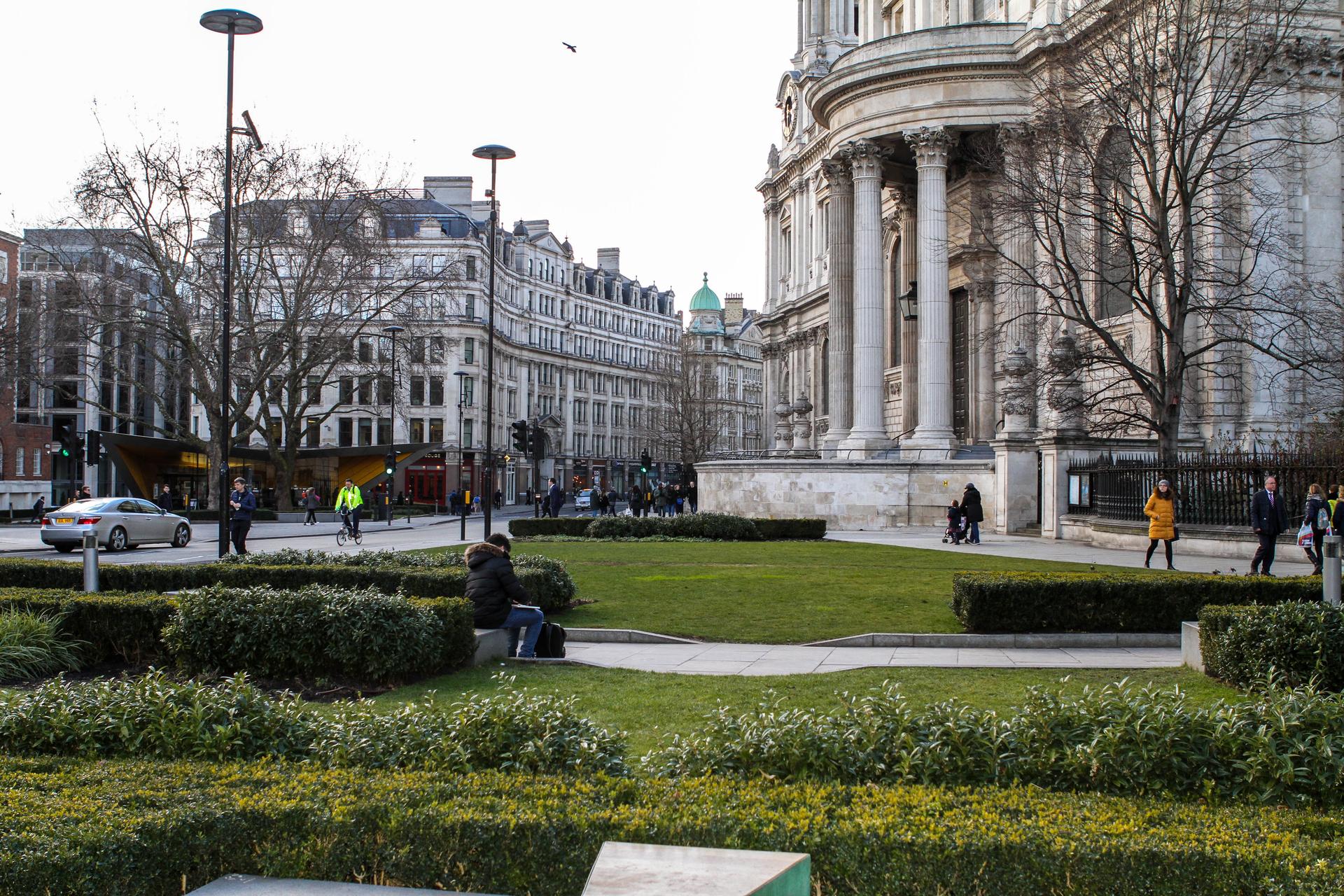Take a tour of the City of London’s tiny, protected green spaces
Visitors have been enjoying the same view of St. Paul's Cathedral for more than three centuries.
Every day, nearly half a million workers stream into the white stone banks and office buildings in the City of London, a single square mile at the historic core of greater London.
It’s the financial capital of Europe, but it’s not all business.
Hidden behind courtyard walls and through narrow passageways are roughly 200 open spaces designed to provide the workers of the city some respite from its hustle and bustle.
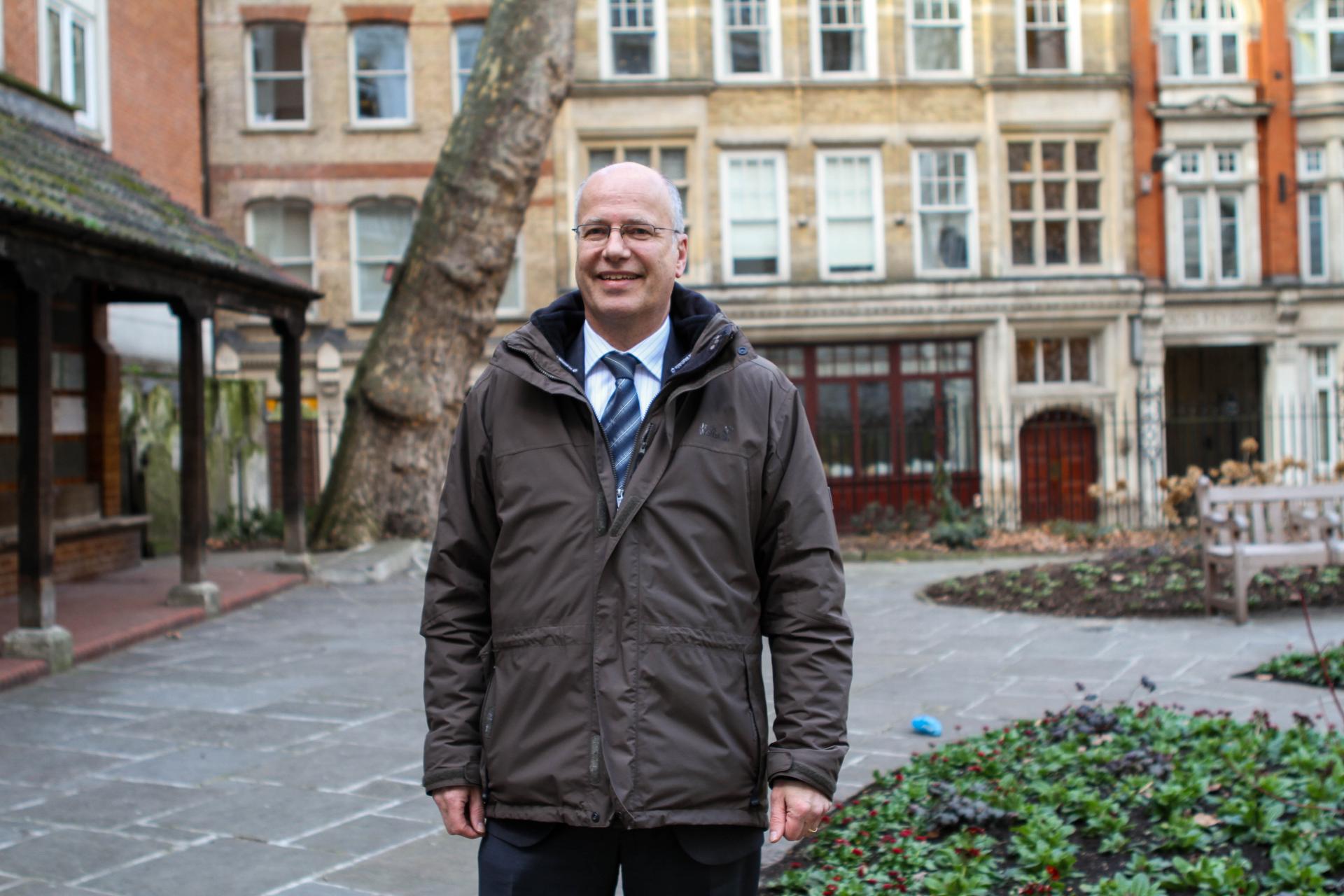
Most of the spaces are tiny, less than half an acre. Some are relics of the twisted medieval grid in the city, which is governed independently of greater London. Others sit on land cleared by the Great Fire of 1666 that was never rebuilt.
Some were established during Victorian times as the city grew more crowded and smog-choked and leaders began to formally recognize the value of outdoor spaces.
Colin Buttery, director of open spaces for the City of London Corporation, says an 1878 act of parliament gave the public right of access to existing open spaces within the city.
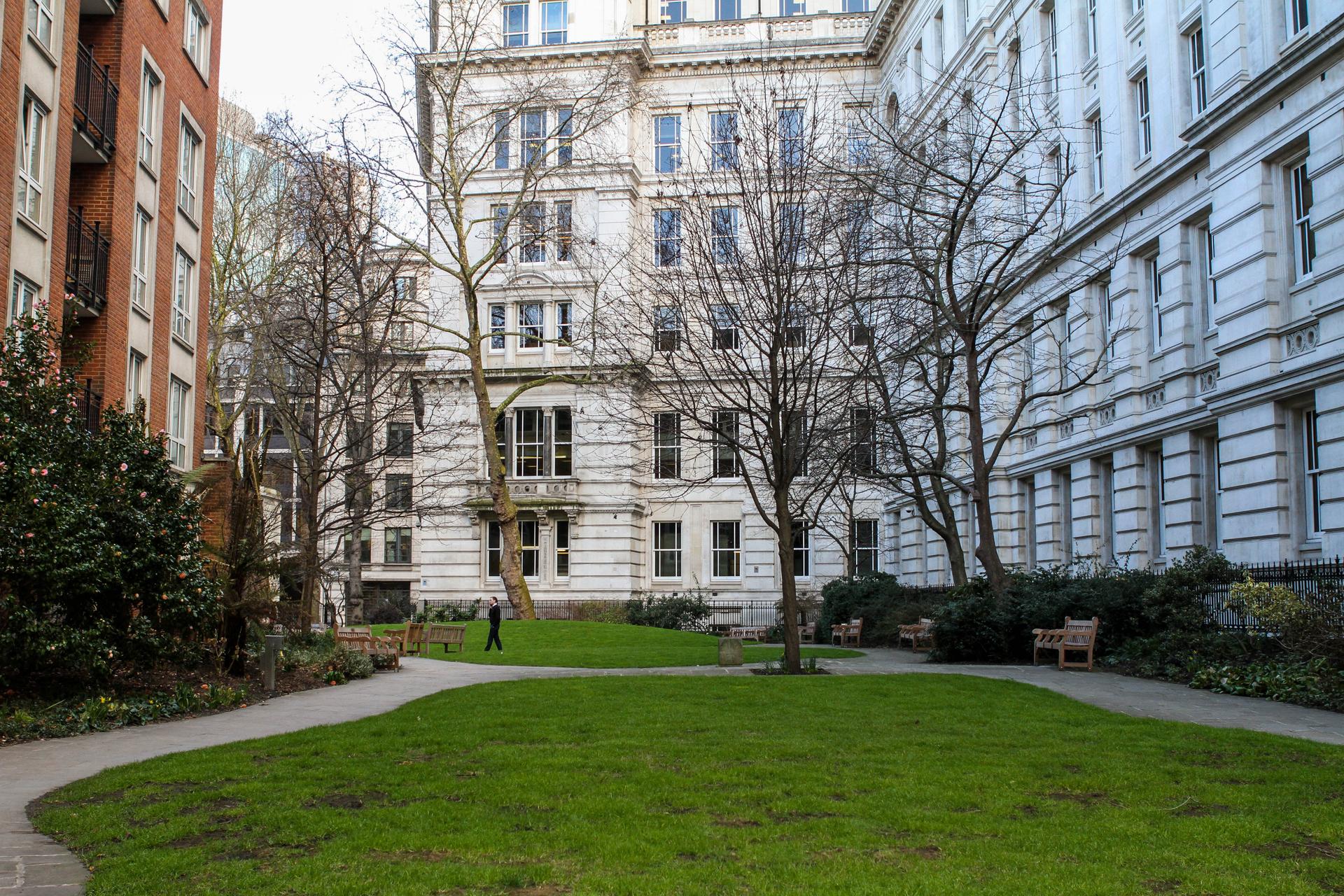
At the time those spaces were mostly churchyards. (Even today, more than 40 of the roughly 200 public spaces still are.) The churches retained ownership of these yards, but the city managed them for public use.
“I think the Victorians, they recognized the health and well-being benefits of open space,” Buttery says, “sitting quietly reading a newspaper or reading a book in a nice environment.”
The Victorian ruling class understood intuitively what modern science has since proven with brain scans and demographic studies: that being in nature is good for us, and makes us more productive workers.
“I think it was very foresighted for them to have recognized this,” Buttery says.
The yard in front of St. Paul’s Cathedral, with its iconic 300-year-old cupola, was one of the spaces made public in the 1800s.
“I like to think of all the people who have sat on the churchyard, eating their sandwiches, the numerous generations enjoying exactly the same view that we’re enjoying today,” Buttery says while standing in front of St. Paul’s on a recent afternoon.
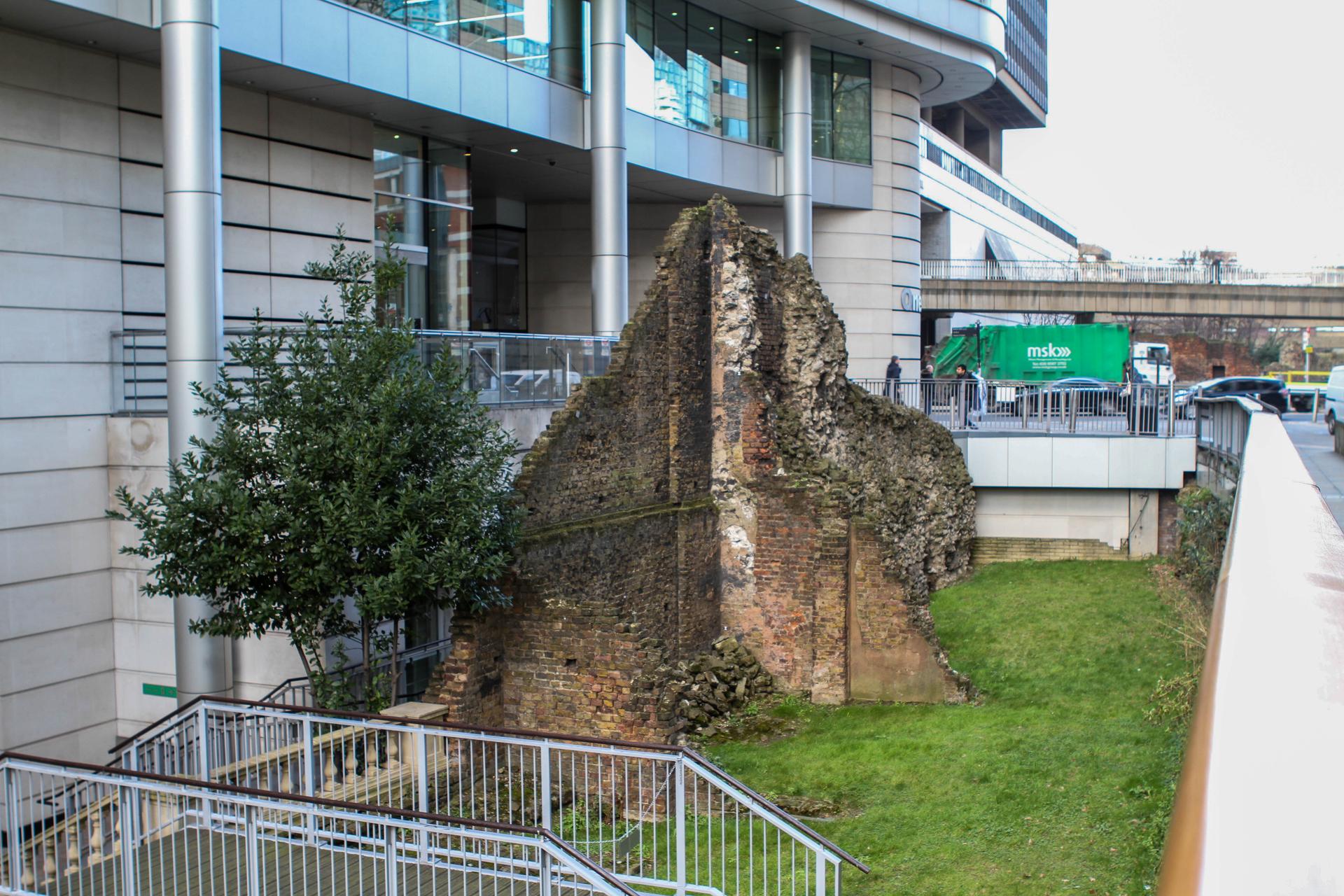
Rising from the ashes of World War II
The next large batch of public spaces emerged from the ashes of WWII.
Planners set aside green spaces as they rebuilt large portions of the city that were flattened by the German Blitz.
“I think the planners straight after the war were very imaginative in trying to make the best of what had been left after the World War II bomb damage,” Buttery says.
A good example is Christ Church Greyfriars, a church across the street from St. Paul’s Cathedral that was nearly flattened in the war. Today parts of the exterior walls still stand, but the interior has been replaced by a garden. Raised planters sit roughly where church pews used to be, and trellises with climbing vines stand in place of columns.
The church is still consecrated ground and benches placed around its perimeter provide spaces for quiet reflection.
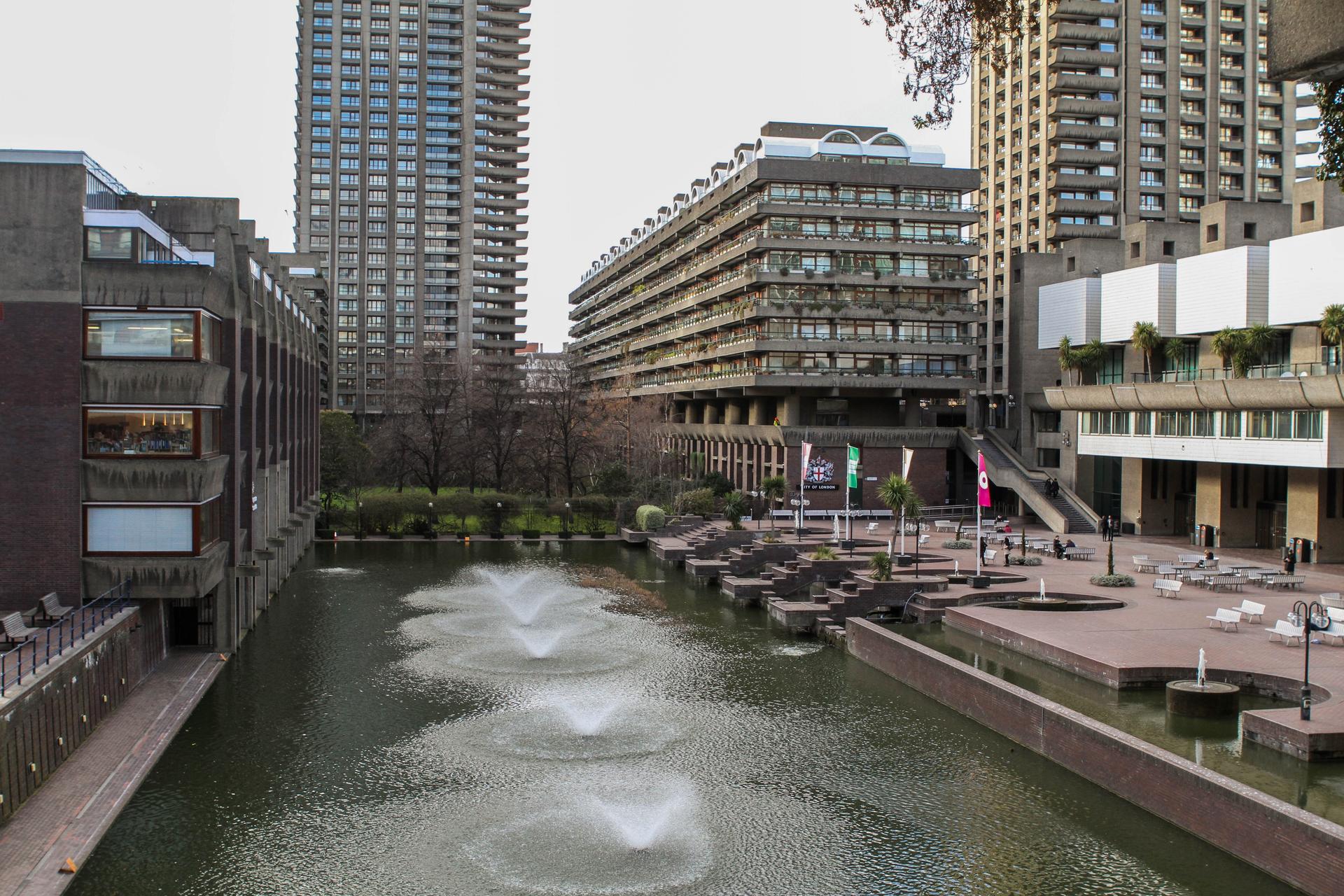
The Barbican, a complex of brutalist performing arts buildings with adjacent apartment blocks, was also built after the war with an eye toward open spaces: An elevated walkway connects some of the buildings and allows pedestrians to head north and south through the city without battling traffic below. Underneath the walkway, at the center of a large apartment complex, sits a large pool with fountains.
“This helps to be a bit like an air conditioning system for the city,” Buttery says.
Today, Buttery manages these historic spaces with 21st century environmental concerns in mind.
A set of temporary planters near the Barbican complex are full of shrubs and evergreens that are particularly effective at filtering polluted city air.
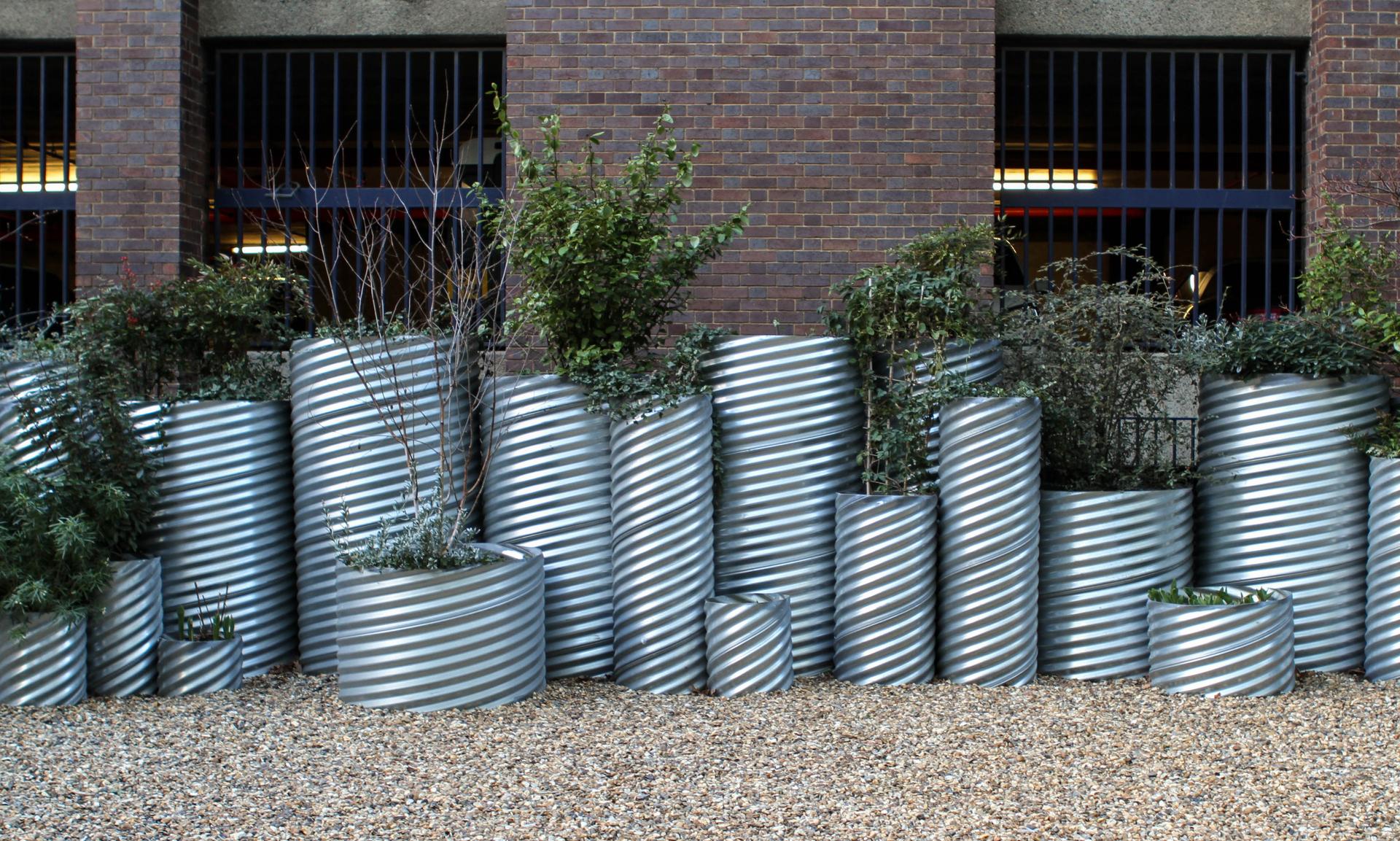
Buttery's team is also planting species that will thrive as the weather in London grows increasingly variable.
“I want to ensure that … I can pass on to future generations something that’s in as good or better condition [than what we have now],” Buttery said, “not let small things like climate change get in our way.”
Buttery says some native species will actually fare well in both drought and periods of heavy rain — weather extremes expected to be more common in a changing climate.
In the ancient City of London, it turns out even some of the plants are good at adapting.
We want to hear your feedback so we can keep improving our website, theworld.org. Please fill out this quick survey and let us know your thoughts (your answers will be anonymous). Thanks for your time!
